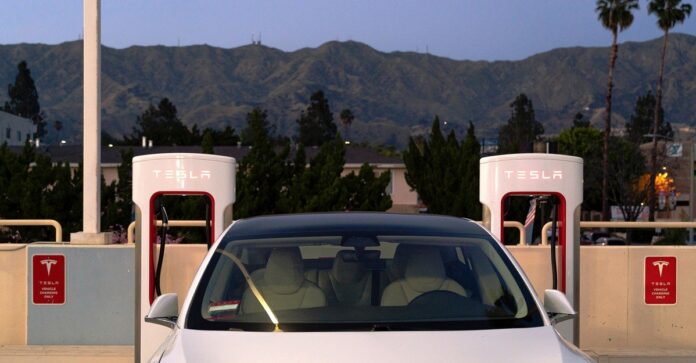Ford and GM are turning to Tesla’s charging connectors, giving the company more influence over our EV future.
When you first drive a Tesla, there’s a moment when you just get it. For me, it was cruising around Detroit in a Model S about seven years ago and feeling that instant, supercar-crushing speed without the engine roar that usually accompanies it. Instead of an array of dials and buttons, I worked its controls through a giant touch screen, and used its Autopilot system to help with the monotony of long highway drives. When the Model S debuted in 2012, most other electric cars were impractical, souped-up golf carts. Here was one with sports-car acceleration that didn’t skimp on luxury, either.



